Of the Sun hat, also Echinacea called, is a medicinal plant that is used in both empirical medicine and modern medicine. It is best known for its immune stimulating effect.
Occurrence & cultivation of the coneflower

The coneflower owes its name to its prickly fruit soil, because the reddish purple chaff leaves on the inflorescence bases look like small hedgehog spines. Up to 300 tubular flowers, also purple in color, sit on the flower heads. Echinacea plants are very herbaceous plants that can grow up to 140cm tall. Its lanceolate, dark green leaves are stalked and hirsute. Flowering time is from the beginning of August to October.
Effect & application
Echinacea is rich in vitamins and minerals. The plant is a source of niacin, iron, magnesium, selenium, silicon and zinc. However, the main active ingredients are alkylamides, caffeic acid derivatives, polysaccharides and essential oils. Echinacea is what is known as an immune stimulator. It increases the number of leukocytes, i.e. the white blood cells, and also stimulates the multiplication of spleen cells.
Echinacea activates scavenger cells (phagocytes), especially the so-called neutrophilic granulocytes. They are part of the unspecific defense of the immune system and are responsible for rendering pathogens such as bacteria harmless and removing them. The herb also has a positive influence on the T helper cells. These cells are necessary so that pathogens can be recognized and combated quickly.
The sun hat has a stimulating effect on the immune system and is considered a strong helper in defense problems. In addition, antibacterial and antiviral effects are also discussed among researchers. Normally, echinacea preparations are used as a preventive measure to prevent viruses and bacteria from attacking in the first place. A short-term application has proven itself. Long-term use can lead to a weakened effect or allergic reactions.
In folk medicine, echinacea is often prepared as a tea. To do this, hot water is poured over the fresh, cleaned and finely chopped herb. The infusion should then draw covered for ten minutes. For a large cup of tea (250ml) you need about two tablespoons of plant material. A cup of the tea should be drunk up to three times a day until the symptoms subside.
The sun hat ointment is also often used in empirical medicine for sore skin or poorly healing superficial wounds. For this, ten grams of sun hat tincture are mixed with 90 grams of a water-based ointment. Both components are available in the pharmacy. The ointment should be applied to the sore skin several times a day.
Of course, the sun hat is also available in numerous variants as a finished medicinal product. The plants for the German pharmaceuticals are mainly cultivated in Middle and Lower Franconia. The fresh herbs and the dried roots are used. A pressed juice is made from the fresh herb. The herbs are usually not dried and sold as tea, as the concentration of active ingredients is too low for tea to be made from dried coneflower.
The extract of the coneflower is available in the form of pressed juice, drops, tablets, ointments, lozenges or capsules from various companies.
In homeopathy, the purple coneflower is not used, but its narrow-leaved relative Echinacea angustifolia. However, the indications are similar: colds, flu, febrile infections, boils, inflammations, fever and weak immune systems.As already mentioned, Echinacea is often used for chronic infections or as a prevention against diseases because of its immune-stimulating, antibacterial and antiviral effects. Because of this stimulating effect on the immune system, the coneflower must not be used in autoimmune diseases such as multiple sclerosis or collagenosis. Echinacea preparations should also be avoided in the case of tuberculosis, AIDS, HIV infection or leukemia. Anyone who suffers from an allergy to composites should also prefer to use other medicines.
Importance for health, treatment & prevention
The healing properties of the sun hat have been used for centuries. The coneflower was mentioned for the first time as a medicinal plant in 1762. Even then was Rudbeckia purpureaAs the sun hat was called back then, used on animals with poorly healing wounds. For a long time the coneflower was also used as a medicinal plant under the name Brauneria.
It was not until 1959 at the International Botanical Congress that the name Echinacea became universally valid. In America, interest in the medicinal plant declined, in Europe, however, more and more attention was paid to it. So Dr. In 1924, Gerhard Madaus wrote her own chapter in his "Textbook of Biological Remedies". Because of this book, the demand for the coneflower in Europe increased so much that there were supply bottlenecks for fresh plant tincture. As a result, the coneflower was also grown as a medicinal plant in Germany.
The plant is now an integral part of many immune-strengthening preparations and is used both for the prevention and treatment of many diseases. Commission E, an expert commission for herbal medicinal products belonging to the Federal Institute for Drugs and Medical Devices, rates the fresh herb from Echinacea purpurea as positive.
She recommends taking the fresh plant juice and its galenic preparations, i.e. tablets, capsules and the like, for the supportive treatment of recurrent infections in the area of the respiratory tract and the urinary tract. External use on poorly healing wounds is also recommended by the expert commission.


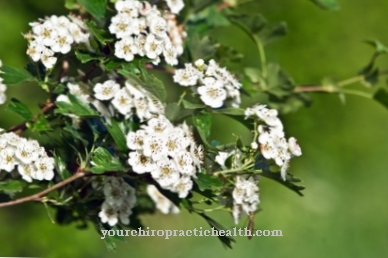
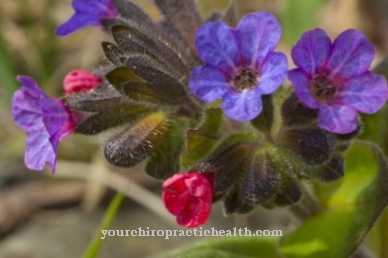
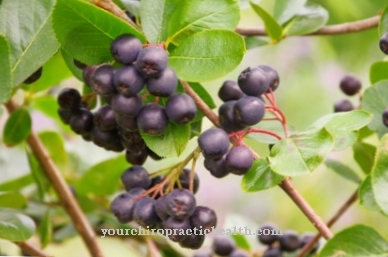
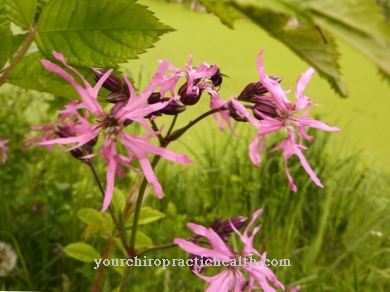
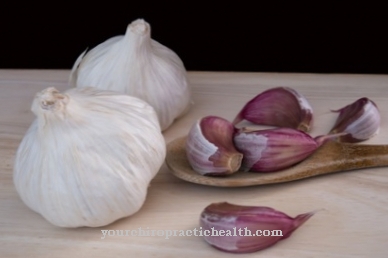

















.jpg)



